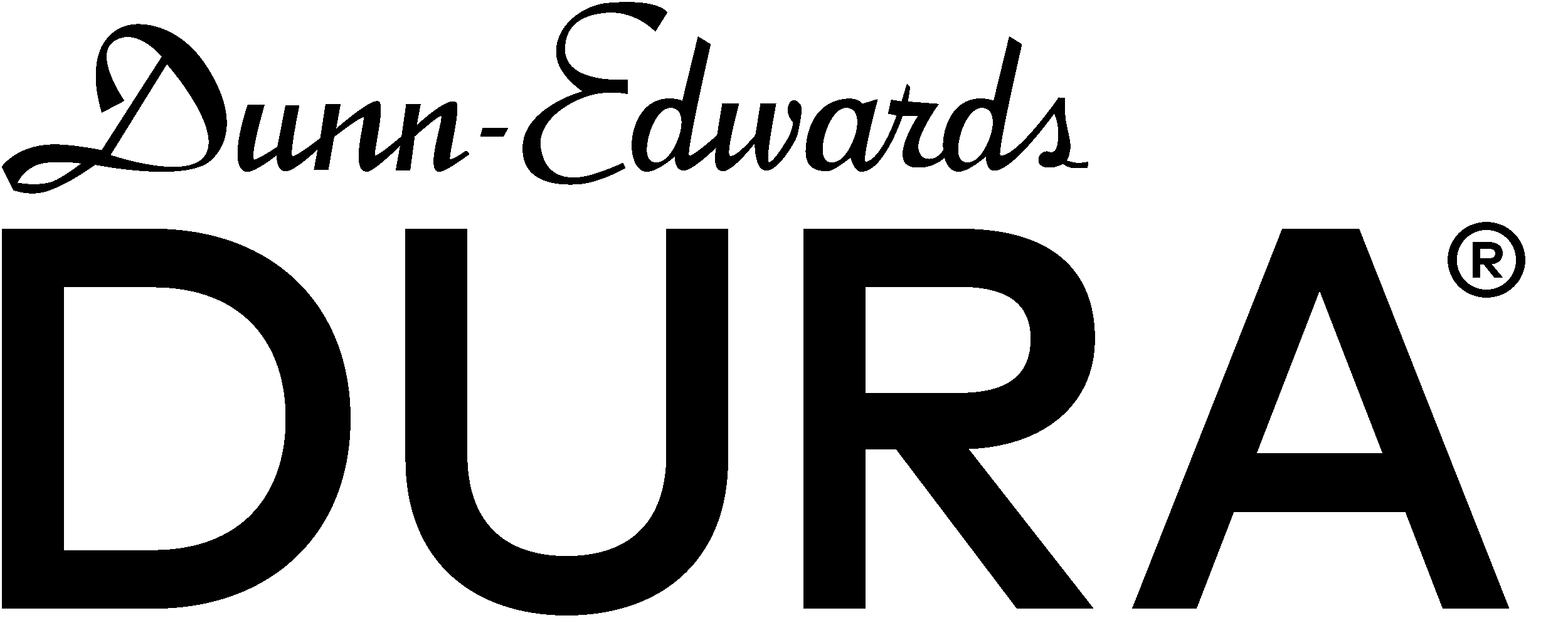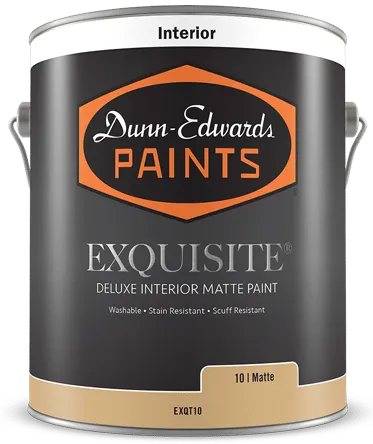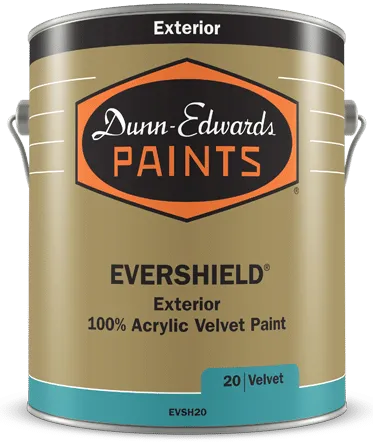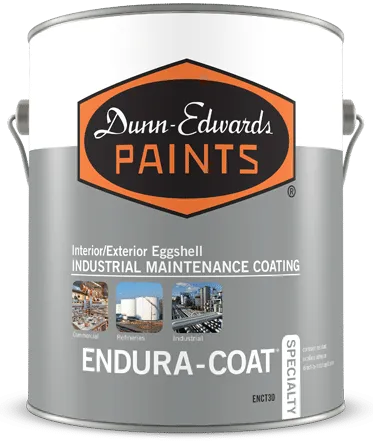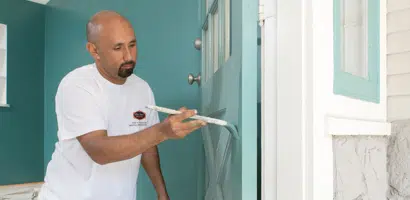Product Data Sheets: A Contractor’s Best Friend
06/10/2016 | dunnedwards |
An often-overlooked — but critically important — source of information for proper coating application is the Product Data Sheet (PDS). In the architectural paint world, many contractors do not review the PDS prior to application. Although many projects are completed without issue, it makes good sense to have a complete understanding of the products, including their proper drying and curing, mixing, thinning and recoat times. In the industrial and high-performance coatings world — whether applying epoxy, urethane or other specialty products — the PDS is the user’s “instruction manual” and it should be clearly understood and reviewed prior to project start. Not doing so may result in costly mistakes, poor film performance, wasted time — and, even worse, an unsatisfied client.
A well-written PDS includes all the details and instructions necessary to properly and successfully install a protective coating. When dealing with two-component coatings, it is important that the user fully understands the environmental requirements, surface preparation requirements, mixing and thinning instructions, film thickness requirements, recoat windows, induction, pot life and mix ratios. If any one of these conditions are missed or are not properly followed, the installed coating will fail — a bad business result for everyone.
When dealing with two-component products, the user must be very mindful of the induction time, pot life and mix ratio of the material being applied. Two-component products differ from single-component products in that they achieve their cure through a chemical reaction; therefore, due to this process, one must fully understand and follow the PDS requirements.
When mixing together the A component and the B component (usually the hardener or catalyst), the material may need to sit for a period of time prior to application. This induction time is necessary so that the chemical reaction can begin and achieve a certain level. Not all products will have an induction time (sometimes referred to as “sweat-in”) but, if it is stated in the PDS, it must be followed. The next critical piece of information in the PDS is the product’s pot life, or usable limits. A two-component material cures through a chemical reaction, which requires that the liquid be applied within a specific time period or pot life. Temperature has an effect on the pot life — warmer temperatures will significantly shorten pot life. For example, a catalyzed epoxy may have a pot life of 45 minutes at 75° F but, if the ambient temperature is 90° F, the pot life may be shortened by as much as half. If the pot life has been exceeded, there may be no obvious visual difference in the liquid coating but there will surely be problems with the coating after application. Last, if two-component products are mixed off-ratio (4:1, 3:1 or 1:1, as examples), the installed coating will not cure properly. The resulting off-ratio product will likely run or sag excessively or may never reach its full hardness or cure. Induction time, pot life and mix ratio are just a few of the valuable pieces of data the contractor must understand prior to coatings application — and all that criteria can be found in the PDS.
Proper Surface Preparation
No matter how exceptional a coating may be, without proper surface preparation, there will be a failure, as an installed coating will only function as well as the level of completed surface prep.
There are three key steps to proper surface preparation. The better each step is followed, the greater likelihood of a successfully protected substrate — clean the surface (solvent wash), repair and abrade the surface to achieve an anchor profile (hand and/or power-tool), and post-clean the surface to remove repair or sanding residue. If the surface is not cleaned prior to sanding or power-tooling, the surface contaminants may be embedded or forced into the substrate. Therefore, even if an anchor profile is achieved — which is intended to promote adhesion of the subsequent coating — because the contaminants are forced into the profile, there will likely be an adhesion failure, possible fish-eyeing or other visual defect.
An example of this kind of failure is when entry doors are repainted. Often, the applicator does not clean the surface prior to sanding; thus, hand oils are embedded into the substrate, resulting in peeling, usually around the door handle, edges of the door and/or door casing. Even with an anchor profile, peeling still occurs. Equally as important as the pre-cleaning is the post-cleaning, or removal of repair and/or sanding dust and debris. These contaminants, if not dusted or blown off the surface, will impede adhesion or be the cause of surface defects in the finish.
Substrate Awareness
The most common substrate that poses a problem when painting is a previously painted surface. It may be coated wood, carbon steel, plastic, concrete or galvanized steel. It is important to have an understanding of not only the substrate but its existing coating. Some questions to ask: What is the existing coating? Is it flaking or peeling? What is the substrate under the existing coating? Is the surface slick, smooth, glossy or chalking? When it comes to successfully install a coating system, the better one understands the actual substrate itself, the better one will be able to install the correct system.
A previously coated metal fence is one of the most frequently mistaken substrates upon which an incorrect coating system is applied. Often, when this type of project is undertaken, the steel fence is identified incorrectly. How can a steel fence be mistaken? If the previously painted fence shows signs of rust, one must know that metal can rust in two different colors — red or white. Red rust indicates that the fence is carbon steel, which would require an alkyd or acrylic primer with corrosion resistant properties such as ULTRASHIELD® DTM Gray Primer. The proper use of this primer on the cleaned and prepared bare metal areas will help to resist further corrosion.
However, if the bare metal shows signs of a white powdery deposit, the metal is likely galvanized steel. This type of metal substrate does not require a corrosion resistant primer. Instead, an acrylic bonding primer should be applied after proper preparation. The critical issue is not corrosion resistance but adhesion to the galvanized metal or zinc coating. An alkyd primer should never be used on a galvanized steel surface as it will react with the zinc coating, resulting in saponification, or the creation of a soapy like substance causing peeling. ULTRASHIELD® Galvanized Metal Primer is an excellent choice for galvanized steel.
Dunn-Edwards has produced and sold premium paint products for more than 90 years and is the #1 Choice of Painting Professionals®. With more than 125 company stores in California, Arizona, Nevada, New Mexico and Texas — and more than 80 authorized dealers throughout the Southwest — Dunn-Edwards is one of the nation’s largest independent manufacturers and distributors of architectural, industrial and high-performance paints and paint supplies.
